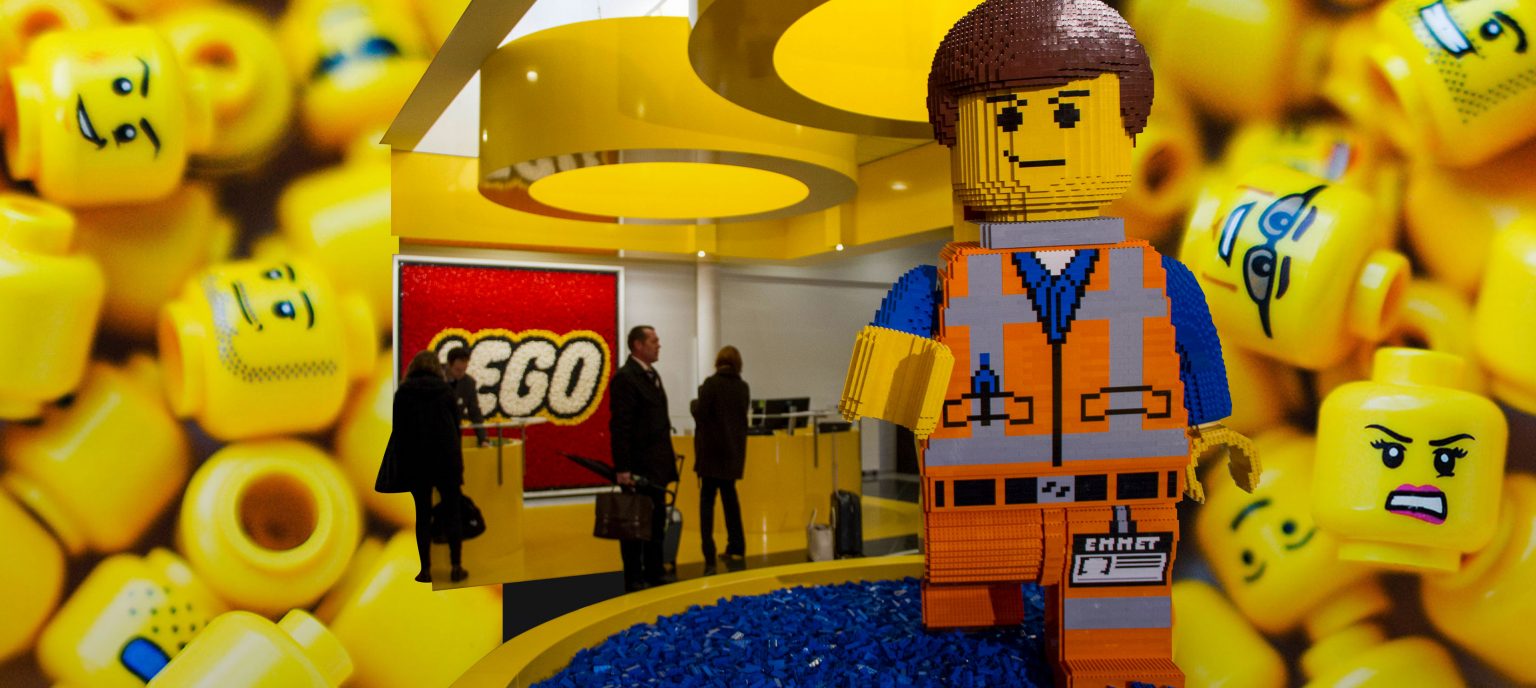One hundred to 1,300 years is the estimated full lifespan of a LEGO brick in our marine ecosystem, which is the end station for most non-recycled plastic packaging.
With a mere nine per cent of plastics recycled globally, companies increasingly recognise their power in paving a route towards a brighter future, and those leading the way are rethinking and innovating to solve the plastic pollution issue by reusing and recycling materials as opposed to discarding and creating further waste.
LEGO plans to invest US$400 million in transforming its entire business model – a bold move that will alleviate fans’ grievances about the environmental impacts of the iconic bricks that are treasured worldwide. Manufactured from crude oil and with an annual production figure in the billions, the company has taken decisive action, partnering with experts to develop the ideal prototype – 100 per cent recycled PET plastic bricks.
“When you buy recycled instead of new materials, you’re supporting infrastructure that values reuse over extraction.” – Helena Barbour
“We want children to know that we are working on it and to accompany them on the journey. Experimentation and failure is an important part of learning and innovation. Just as children build, undo and rebuild with LEGO bricks at home, we do the same in our lab,” explains Tim Brooks, LEGO Group Vice President for Environmental Responsibility.
The Ellen MacArthur Foundation, of which LEGO is a member, is committed to the repurposing, recycling and re-use of materials leading to more durable and sustainable products, as well as a model for the future of manufacturing where innovation takes place. This keeps plastic out of the environment and circulating within the system.
“Everything we do at the LEGO Group is centred on the child, and our sustainability ambitions are no different. We focus on building a better planet for future generations which includes protecting the world’s natural resources. Becoming more circular is key to achieving this,” Brooks says.
The system, which involves a cycle of consumption and production, is gaining attention from global brands.
Top 5 companies for packaging innovation
Patagonia
A pioneer in sustainable production within the fashion industry, the outdoor clothing manufacturer began its eco journey in 1993, transforming discarded bottles into recycled polyester for garments. The company now incorporates production waste and no-longer-used garments in its growing list of items to be transformed into polyester fibres for a range of new clothing that must compete to meet high industry standards without the use of petroleum.
“When you buy recycled instead of new materials, you’re supporting infrastructure that values reuse over extraction,” states Helena Barbour, Vice President Sportswear, Patagonia.
Nestlé
In line with a circular plastics model, Nestlé is ensuring that any packaging doesn’t end up as waste in landfill or in waterways with 100 per cent recyclable or re-usable packaging by 2025, and a goal to decrease virgin plastics by one-third. As a food industry company, it is in the process of developing packaging that is functional, safe and environmentally friendly through the Nestlé Institute of Packaging Sciences and has already created paper-based solutions in some countries.
Procter and Gamble
With 65 brands within its portfolio, P&G is working towards a circular economy with a goal of 100 per cent recyclable or re-usable packaging, similar to LEGO, by 2030. The company is also on a mission to halve its use of virgin petroleum-based plastic by the end of 2021.
Within Europe, Pantene, Aussie, Head & Shoulders and Herbal Essences new aluminium bottles are designed to be refilled with recyclable pouches containing the product. This accounts for an estimated 300 million fewer virgin plastic bottles being produced each year.
“This new packaging innovation will contribute to making the re-use of packaging irresistible, while enabling a reduction of virgin plastic as per P&G’s Ambition 2030 commitment,” explains Virginie Helias, Chief Sustainability Officer, P&G.
Apple
The focus for Apple has been on reducing quantity and making material changes, such as substituting petroleum plastics and virgin materials with recycled and fibre-based alternatives.
iPhone 6 packaging, for instance, included two trays compared to iPhone 7, which was redesigned to include only one, with the added benefit of being produced from fibre as opposed to petroleum. Plastic wrapping to secure the cables and EarPods was additionally replaced with paperboard, accounting for an 84 per cent reduction in plastic overall across the two generations of phones. As small as changing the outer wrapper of the box packaging from virgin to recycled material led to a 30 per cent increase in recycled content.
Unilever
It’s probably no surprise that with more than 400 brands spread across 190 countries, 2.5 billion people consume Unilever products every day. With this in mind, the company is on a mission to improve its infrastructure to increase the number of recycled plastic available. By 2025, it plans to decrease virgin plastic used in packaging to 50 per cent and increase recycled plastic content to 25 per cent. Across its portfolio of brands, Unilever is committed to designing fully re-usable, recyclable or compostable products, and to both collect and process more plastic than is sold.
Read next: 10 of the world’s most sustainable companies







